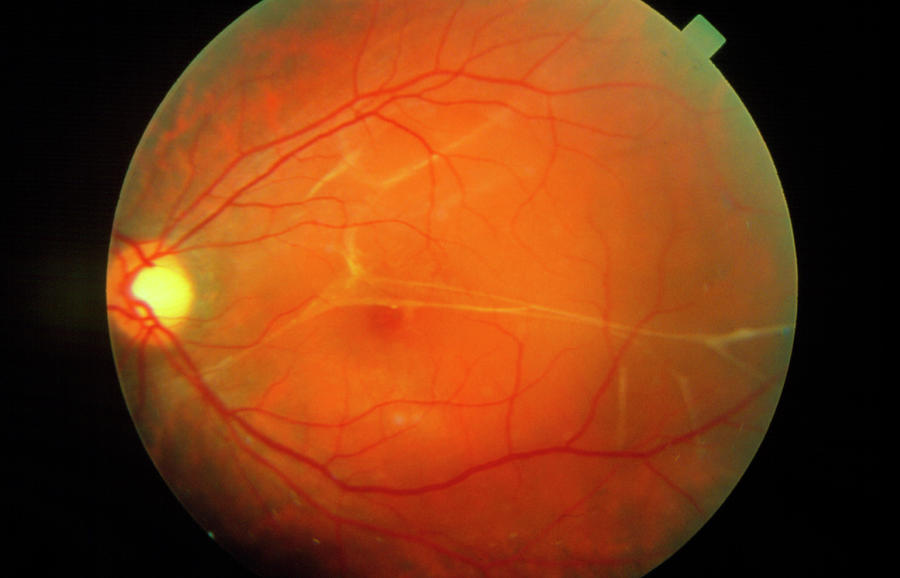

What are the treatments for diabetic retinopathy? In later stages of the disease, injections or surgery may be required to treat it. Keeping your blood sugar, blood pressure, and cholesterol under control is essential. If you have diabetes, you should be seen by your Ophthalmologist regularly and have a dilated eye exam at least once a year. How is it diagnosed?ĭiabetic retinopathy develops slowly, often with no early warning signs. The macula may detach from its normal position and cause vision loss if the pulling is severe. The scar tissue shrinks, wrinkling and pulling on the retina and distorting vision. The new blood vessels can also cause scar tissue to grow. A small amount of blood will cause dark floaters, while a significant hemorrhage might block all vision, leaving only light and dark perception. Blood in the vitreous, the clear gel-like substance that fills the inside of the eye, blocks light rays from reaching the retina. Occasionally, these new blood vessels leak and cause a vitreous hemorrhage.

They multiply on the retina's surface and do not resupply it with blood. Unfortunately, these new blood vessels are abnormal. In response, the retina grows new, fragile blood vessels. Proliferative diabetic retinopathy (PDR) happens when the retinal blood vessels are so damaged that they close off. In the early stages, there are few symptoms, but as it progresses, fluid deposits and swelling can cause moderate to severe vision loss. Nonproliferative retinopathy is when your retina blood vessels leak and then close. There are two main types of diabetic retinopathy. Patients with diabetes may develop diabetic retinopathy (when the tiny blood vessels in your retina weaken). Vision after surgery depends on how damaged the retina was before surgery.ĭiabetic Retinopathy What is diabetic retinopathy? Once the blood- or debris-clouded vitreous is removed and replaced with a transparent medium (usually a saltwater solution), light rays can once again focus on the retina. Recovering from vitrectomy surgery may be uncomfortable, but the procedure often improves or stabilizes vision. An air or gas bubble that slowly disappears on its own may be placed in the eye to help the retina remain in its proper position, or a special fluid may be injected into the vitreous cavity (and removed later). The retina is treated with a laser to reduce future bleeding or fix a retina tear during the procedure.
/GettyImages-308783-003-56acdcd85f9b58b7d00ac8e8.jpg)
Repairs include removing scar tissue or a foreign object if present. Using a microscope to look inside the eye and microsurgical instruments, the surgeon removes the vitreous and repairs the retina through the tiny incisions. Vitrectomy surgery is a specialized procedure (done off-site via referral) to treat severe eye injuries, diabetic retinopathy, retinal detachments, macular puckers (wrinkling of the retina), and macular holes.ĭuring a vitrectomy operation, the surgeon makes tiny incisions in the sclera (the white part of the eye).


 0 kommentar(er)
0 kommentar(er)
